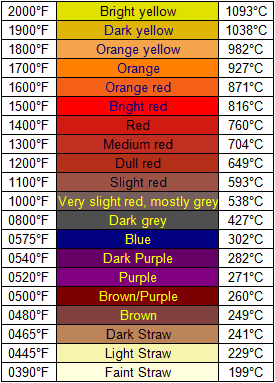
Just some other experiment I found: a demonstration experiment to show that bones contain phosphorus.
It is from a german site, the adress is here:
http://cc.upb.de/studienarbeiten/seidel/allgem_chem/versuche...
Translation of the important part:
Cleaned, boiled and dried chicken bones are burned with a bunsen burner on a fireproof surface and directly heated with the flame until they have turned into white ash.
2g of this bone ash are mixed with 0,5g magnesium powder and 0,5g kieselgur.
The mix is heated in a test tube which is plugged with a glasswool plug. After the reaction has finished, it is left to cool and the glasswool plug is removed in a darkened room and observed closely.
A glow is visible on the glasswool.
When the residue in the test tube is mixed with water, gas bubbles are evolved which self-ignite on contact with air. They are phosphine.
Reactions are on the site that I posted.
The important feature here is the use of magnesium instead of the often- used aluminium. Mg reacts at a much lower temperature than Al.
The SiO2 must be finely dispersed in the mix, hence the use of kieselgur. Quartz sand is not fine enough, even after good grinding.
The reaction of calcium phosphate with Mg is very exothermic.
Good heat is still necessary though.
The following reaction, the reaction of the phosphide with SiO2, is the actual phosphorus producing reaction, and the important bottleneck in DIY P manufacture.
The use of kieselgur promotes the reaction by increasing contact area due to its fine microporous structure.
The ingredients should also be grinded together very well, due to this reason (dont use too fine Mg powder though, otherwise it might be more of a pyrotechnic mix. But the SiO2 and bone ash should be intimately mixed.).



 ).
).

